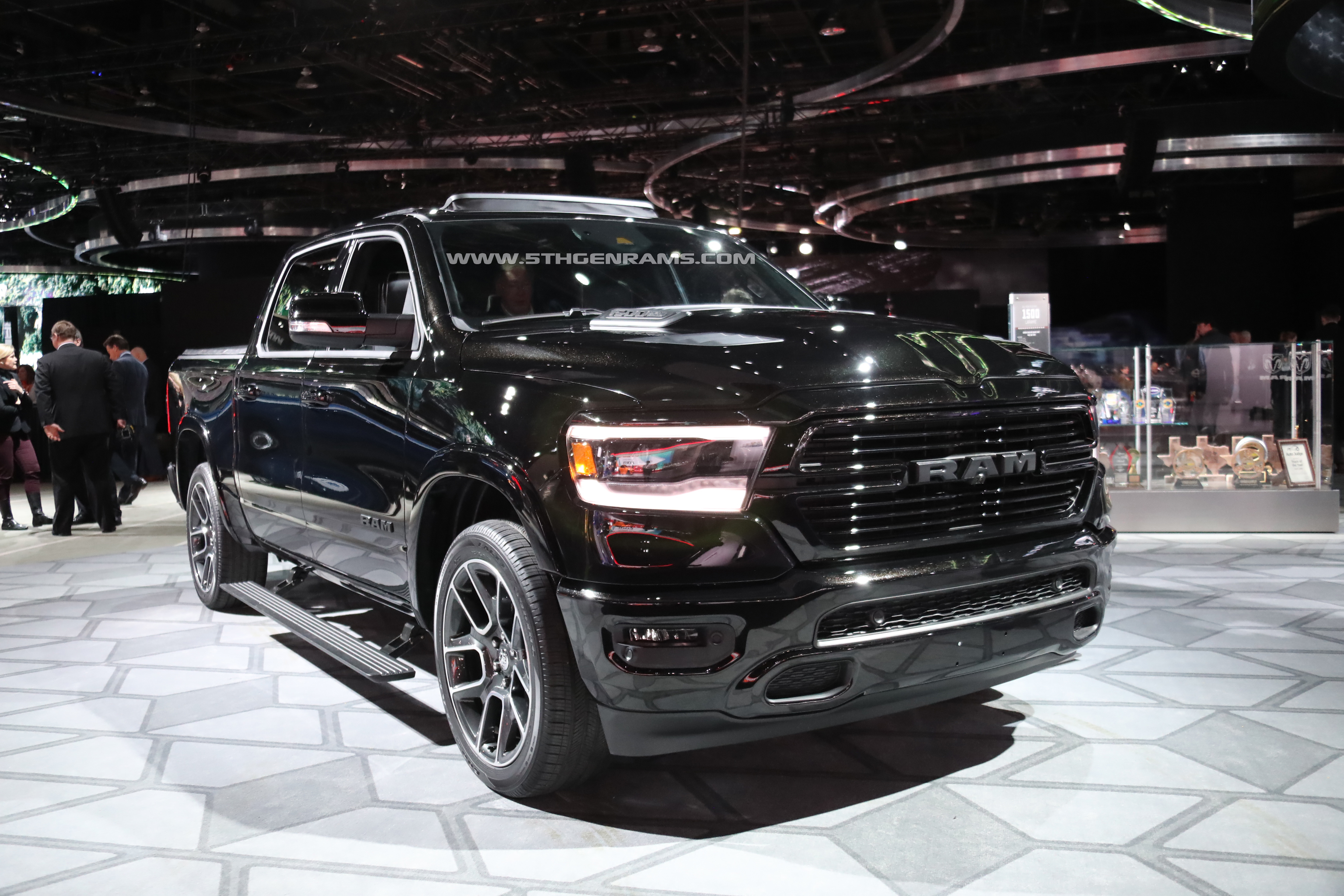bigoldthor
Well-Known Member
I know there have been a number of threads about tire pressure. Not trying to start any arguments or open old wounds. Just wanting to share what I did and what I'm seeing as a result.
So the door jam recommended PSI is 36 front and back. I typically run mine over the recommended ratings by a few lbs to give me a slight bump in f.e. while trying not to affect ride quality and wear too much. I know my truck is not even "broken in" yet, but at 500 miles, I was seeing about 14.8 mpg in mixed driving. So this weekend, I bumped them to 40 psi to see what difference I saw. In roughly a 100 miles of mixed driving, mpg has jumped by 2, now at about 16.9. Ride quality is a teeny bit harder, but probably not enough to really notice if I didn't know about the tire pressure change. Time will tell, and maybe it's partly due to my use of 89 octane top-tier fuel vs. the dealer's cheap, initial fill-up of 87. I'll keep my eyes on it and let everyone know how it goes.
My point is that so far, I seem to like this pressure. Still a very good ride and (possibly) a ~10-15% improvement in f.e. As always, YMMV, literally and figuratively.
(P.S. And before anyone starts jumping on me about not following the manufacturer's recommendations, know that I worked for Michelin N.A. HQ for several years and spent a lot of time talking to engineers and designers. Increasing pressure above the mfg. recommendations is not a problem as long as you keep it within reason, and definitely do not exceed the maximum sidewall ratings under normal driving conditions. I personally won't go anywhere near that.)
So the door jam recommended PSI is 36 front and back. I typically run mine over the recommended ratings by a few lbs to give me a slight bump in f.e. while trying not to affect ride quality and wear too much. I know my truck is not even "broken in" yet, but at 500 miles, I was seeing about 14.8 mpg in mixed driving. So this weekend, I bumped them to 40 psi to see what difference I saw. In roughly a 100 miles of mixed driving, mpg has jumped by 2, now at about 16.9. Ride quality is a teeny bit harder, but probably not enough to really notice if I didn't know about the tire pressure change. Time will tell, and maybe it's partly due to my use of 89 octane top-tier fuel vs. the dealer's cheap, initial fill-up of 87. I'll keep my eyes on it and let everyone know how it goes.
My point is that so far, I seem to like this pressure. Still a very good ride and (possibly) a ~10-15% improvement in f.e. As always, YMMV, literally and figuratively.
(P.S. And before anyone starts jumping on me about not following the manufacturer's recommendations, know that I worked for Michelin N.A. HQ for several years and spent a lot of time talking to engineers and designers. Increasing pressure above the mfg. recommendations is not a problem as long as you keep it within reason, and definitely do not exceed the maximum sidewall ratings under normal driving conditions. I personally won't go anywhere near that.)













